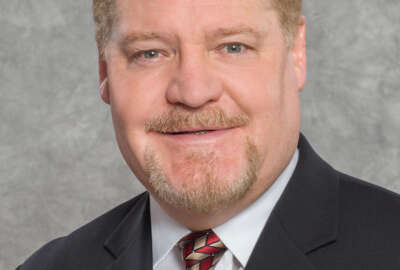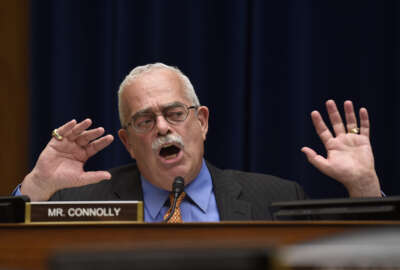
HR execs look to simulations for future of training
As the federal government moves steadily, if not quickly, toward IT modernization and data-driven solutions, executives from fields other than IT are looking at how...
Technology isn’t just for techies anymore. As the federal government moves steadily, if not quickly, toward IT modernization and data-driven solutions, executives from other fields are looking at how new technologies, like simulations, can benefit their missions.
A panel of two federal human capital officers and one cyber adviser discussed which technologies the human resources field are looking to leverage, and how they plan to do it, during a GovExec webinar on Sept. 21.
One way the panelists anticipate technology to change HR is through training. A variety of training options are already available online, because it’s the most cost-effective way. But in-person training offers experiences that are invaluable, the panelists said.
So what if there was a way to do both?
“I think the next thing, as we talk about technology in this, to play a little between the experience and where we are in training today is simulation,” said Cliff Triplett, senior cyber and information technology adviser at the Office of Personnel Management. “Simulation is just coming out everywhere. Think about DoD and some of the weapons systems they train on. Most of it is through virtual reality or some form of virtual training.”
Considering the platforms, Triplett pointed out that mobile devices are currently enabling virtual, 3D experiences. They’re powerful enough to do so, but inexpensive enough to be widespread.
The panelists also agreed that new technologies offer an opportunity for agencies and departments to increase collaboration on bigger projects while simultaneously better defining what makes them unique.
“What the web says about you, the way you interact with people across the web, is becoming your brand,” Triplett said. “So you have to be sensitive about how you represent yourself there.”
He said that as agencies advance their online offerings, especially those that are public-facing, they increasingly need to focus on creating an experience for the customer, rather than a task.
For HR executives, this means improving the interface and communications experienced by job-seekers.
“I think we’re a little bit challenged in that it’s increasingly easy-ish for people who are interested in coming to work for the government to find these opportunities and express interest in them,” said Meghan Flanz, acting assistant secretary for the Office of Human Resources & Administration at the Department of Veteran Affairs. “But where we don’t necessarily hit it out of the park every time is in getting information back to them, about the status of their application, about why they may or may not have been successful in competing for a particular position.”
This intensifies the two major pain points of the federal hiring experience: it takes too long to hire someone, and it’s difficult to get the right people in the right positions.
Ray Limon, HR director and deputy chief human capital officer at the Interior Department, said that education is the answer. Teach applicants, managers and even those who have not yet applied, but may be interested, that the federal hiring process is difficult, and why that is.
“Instead of running away from that, I think we should run right into it, and use technology to explain the difference of coming into the federal government and the processes required,” Limon said. “It transcends everything from taking an oath of service to doing the public’s good work. And that’s sometimes different from the private sector.”
He said that the differences from the private sector may be part of what attracts employees to public service in the first place. Instead of seeking to change that, agencies should emphasize it and explain the reasons behind it. That’s something each agency’s web presence can accomplish, while putting their own unique spins on it.
“I want to tell them about our unique story, what makes us special, and why they should consider working for the Department of the Interior,” he said. “I can’t think of anything you would want to do that isn’t a job somewhere in the government. But we don’t make it easy to discover them.”
Limon also said he hoped that agencies could come together through shared services models to solicit a vendor for a uniform performance measurement system. Right now, he said, agencies all have different systems for this, although most tend to be looking at the same things.
He said the cost for such a system is higher for the government than for the private sector due to the security concerns. But he hopes harmonization between agencies can overcome both the cost and the timespan of the acquisition.
The purpose of one of these systems is not to provide Congress with ratings, he said, but to drive conversations between employees and managers. Technology can enable those conversations.
Franz did have a warning, however, when it comes to implementing new technologies.
“When we do decide to digitize the process, we need to not take the 1985 form and try to build it into a computer,” she said. “We really need to be smart about identifying ‘What’s the data that we need to have, and how do we have that exist as data instead of fields on a PDF?’”
Copyright © 2025 Federal News Network. All rights reserved. This website is not intended for users located within the European Economic Area.
Daisy Thornton is Federal News Network’s digital managing editor. In addition to her editing responsibilities, she covers federal management, workforce and technology issues. She is also the commentary editor; email her your letters to the editor and pitches for contributed bylines.
Follow @dthorntonWFED





